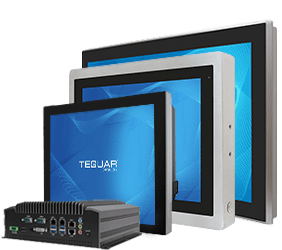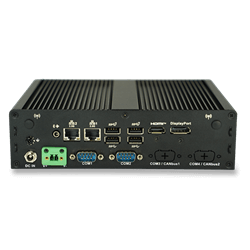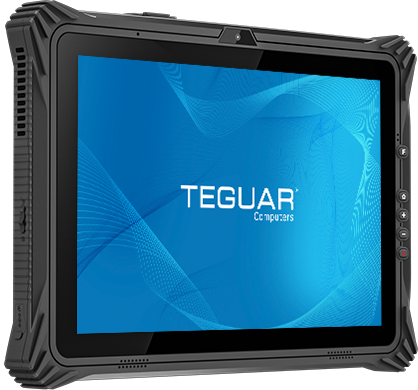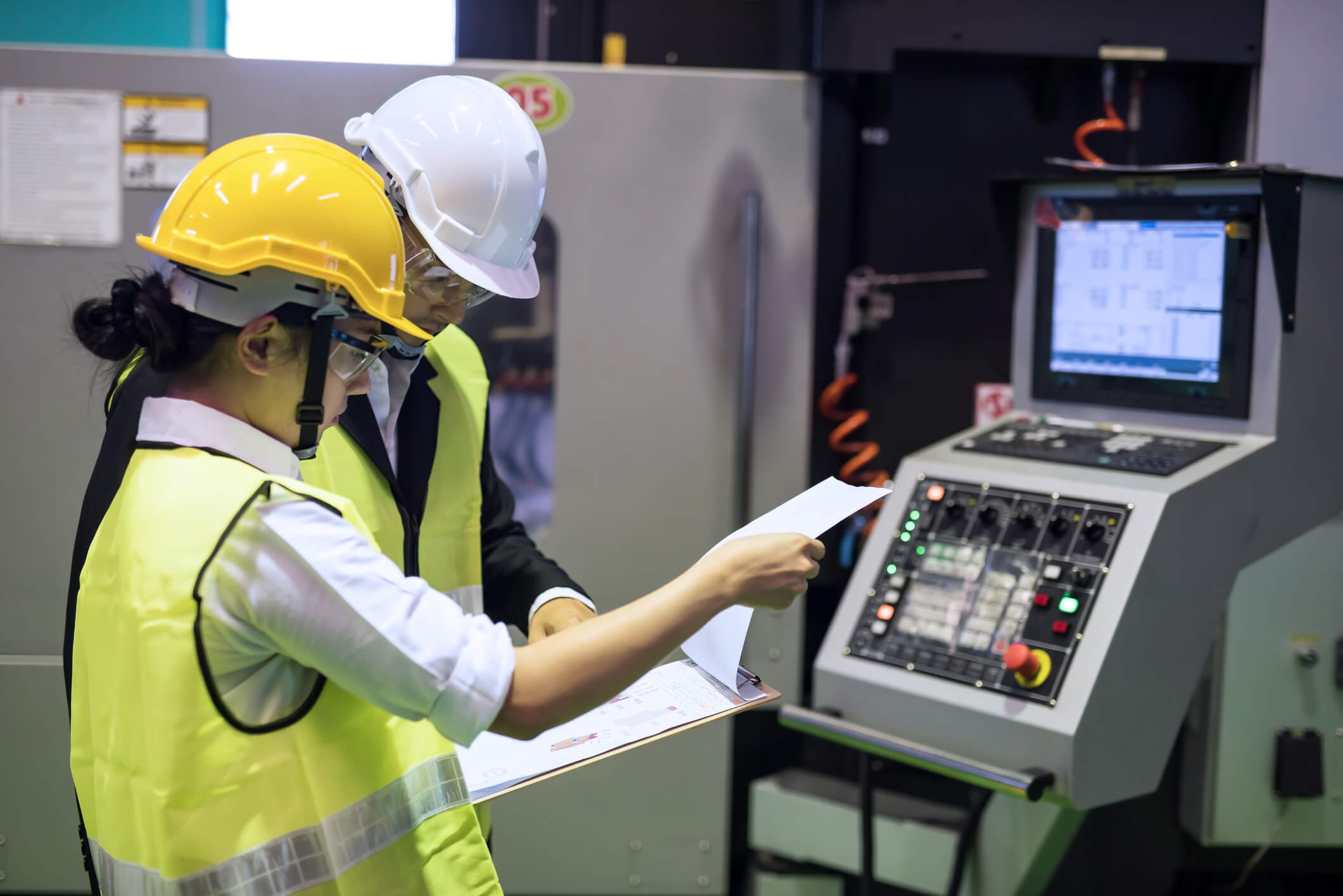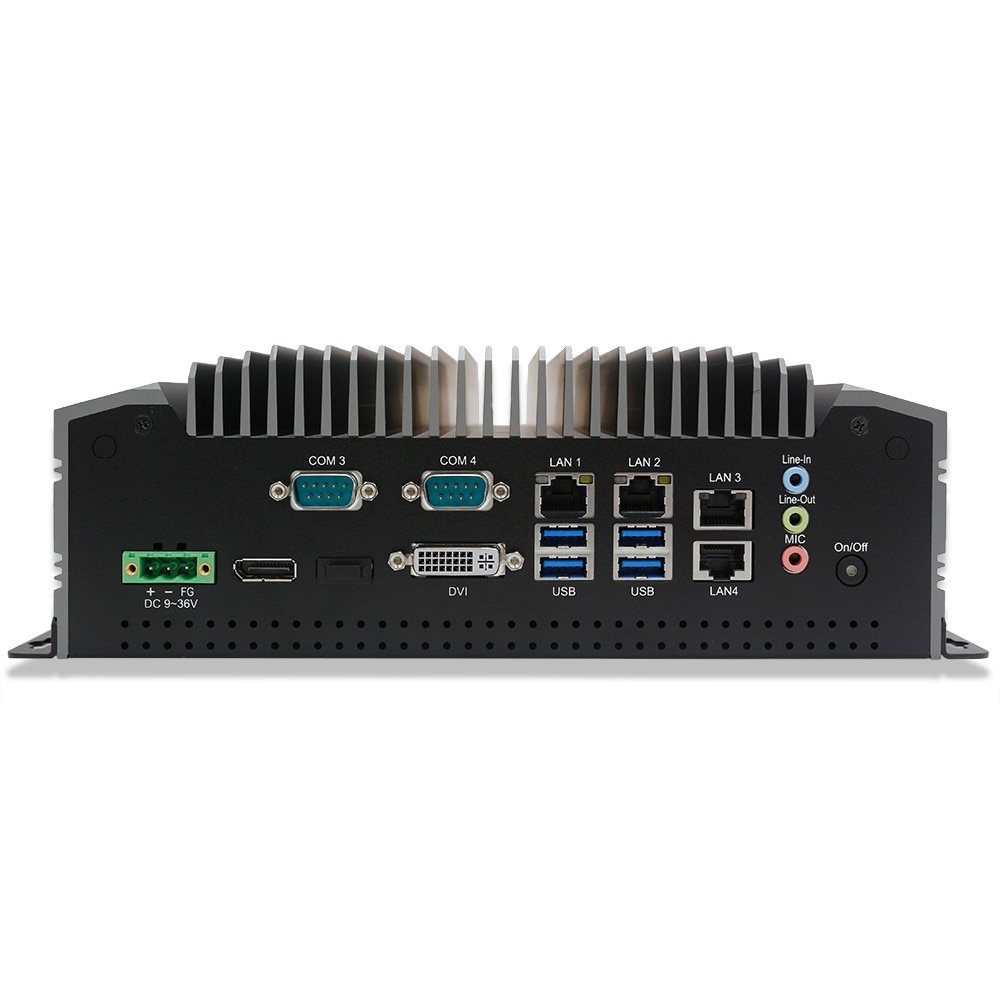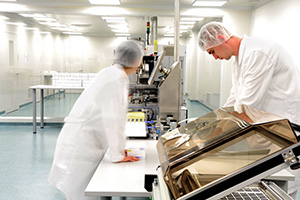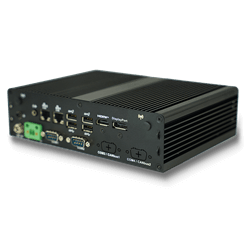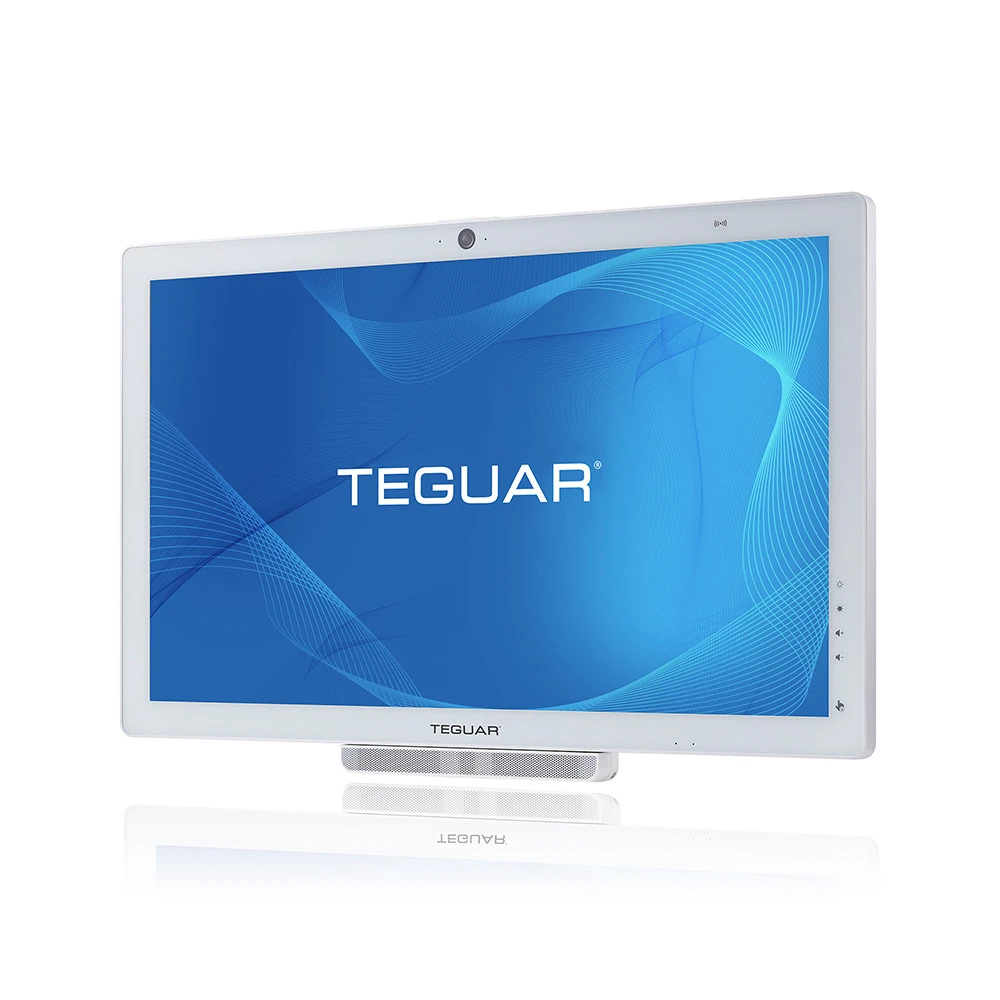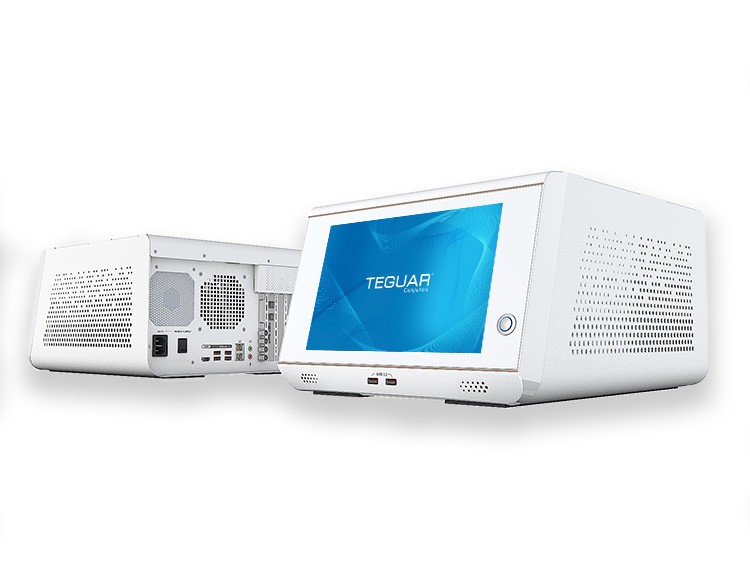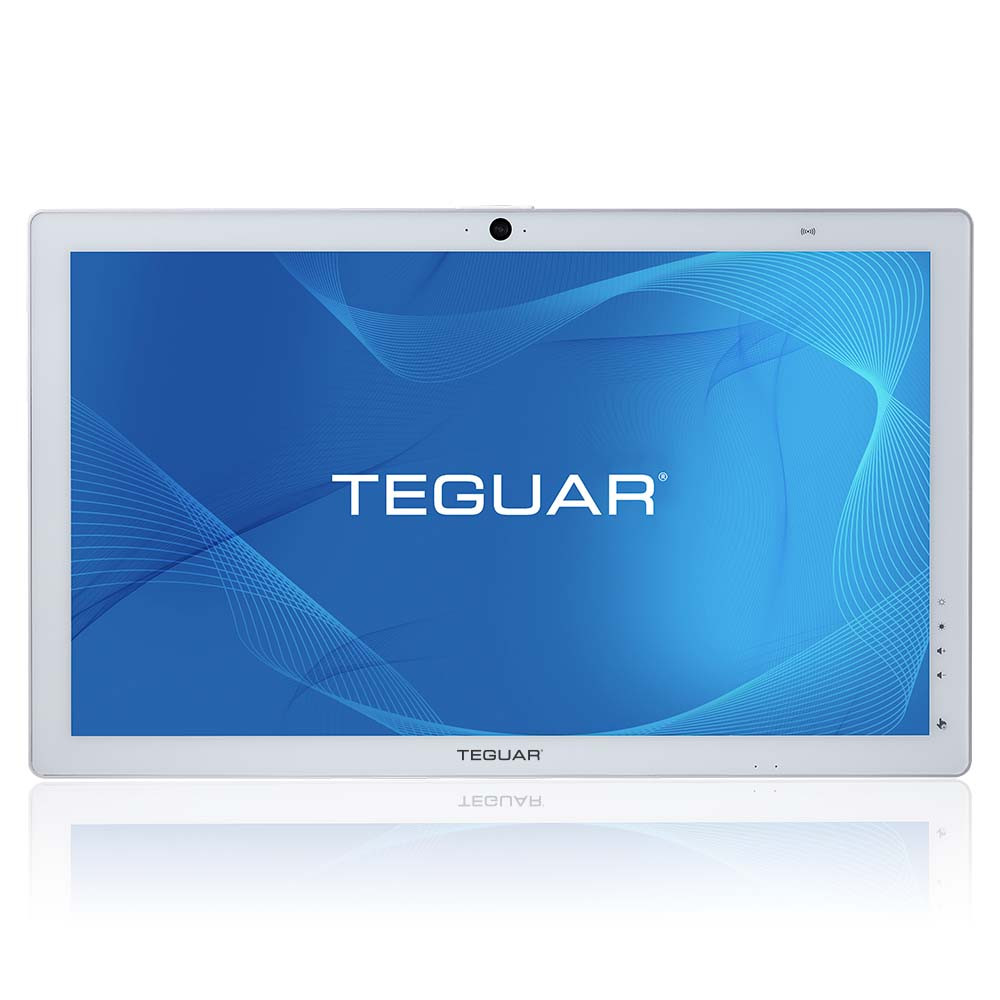How to Choose a CPU for your Industrial Computer
Teguar recently launched two new series with CPU upgrades: the TS-4510 Series Waterproof Computers and the TP-3445 Series Industrial Panel PCs.
When Teguar launches a new line of PCs, we’re committed to supporting and selling that model for a long time, usually over 5 years and often up to 10 years. We still sell the previous generations to these two Series (TS-4010 and TP-2945) and will continue to do so for several more years.
In both the TS-4510 and TP-3445 Series, the only thing that changed from their previous versions was the CPU. We try to keep as many things about the computer the same as we can. This makes it easier for our customers to replace their computers when they’re ready.
So, if you’re not sure whether or not to upgrade, or which CPU to choose in the first place, here are some tips to help you choose the right CPU.
If you’re still unsure, you can always talk to a knowledgable service rep, who can provide a free project consultation and make a CPU recommendation for you.
Knowing Your Priorities
For those in the market to purchase a new industrial computer, the first question to ask is “What is the right CPU for my computer needs?” The CPU (Central Processing Unit) is the brain of any computer platform. They range from high performance heat monsters to low power and entry level. Do you care about the number of cores, max turbo speed, or size of the cache? Is cost savings or having the highest available performance most important? Before you choose a CPU, have a basic understanding of the types tasks your computer will do and amount of processing power you will need.
CPU Performance
Teguar and Intel both separate processors into two main categories, high performance and low performance. Now no one likes the sound of low performance, but consider this, you also don’t like paying for more than you need. If low performance gets the job done, then low performance is the best option.
PassMark
A common way to directly compare processors is with their PassMark score. You can use CPUbenchmark.net as a tool to make direct comparisons between processors based on their real world performance.
CPU Power Consumption and Temperature
These two factors correlate directly with performance. Higher performance will draw more power and create more heat. You may care about power draw, as it is related to the electricity bill that you have to pay. The way that power draw and heat are measured is by Thermal Design Power (TDP). Processors will indicate their TDP on their manufacturer’s website.
Processor Roadmap and Length of Support
Teguar specifically chooses processors that are part of Intel’s Embedded Roadmap, which is a guarantee from Intel that they will continue to produce and support a processor for a long period of time (often more than 10 years).
Processor Speed, Cores, and Cache
For many consumers, once they’ve made the decision between a high or low performance CPU, they are done, but there are many other technical measures of a CPU’s ability. Here is a summary, if you want to get technical:
Clock Speed
This is given in GigaHertz (GHz) and is a representation on how fast the processor is operating. So a 3 GHz processor is operating faster than a 2.2 GHz processor. But what each processor can do at a given speed varies greatly, so this number is only useful when comparing within a single processor family. A 6th generation Core i5 processor with a higher clock speed will most likely be higher performance than a 6th gen Core i5 processor with a lower clock. But if you compare different generations, or different manufacturers, the clock speed numbers don’t tell the full story.
Some processors have different speeds that they run at based on their current heat. The base speed will be the speed the CPU runs at normally, but then if you give it a hard task it will jump up to its Turbo Speed but only for a few seconds, then the processor will get too hot and will automatically slow itself down, so it does not overheat. This is something that Teguar takes into consideration when designing our enclosures. We want our computers to be able to dissipate heat effectively enough that they can remain at Turbo Speed longer than our competitors’ computers can.
Cache
This is the amount of storage space on board to the processor for use immediately in calculations. It is like really fast RAM that is built right in to the CPU. The more Cache, the less waiting your processor has to do while your RAM or your SSD send it the data it needs.
Cores and Threads
A CPU core is a physical processing unit inside the processor. If a CPU has 4 cores, it can process 4 different tasks at the exact same time. Threads are a similar idea, but implemented in software not in the hardware. A core with two threads means that it will handle two tasks at the same time, but it will really switch back and forth between them quickly instead of actually doing them at the same time. The Core count is more important than the Thread count. Many computing processes cannot use all the cores at the same time. So in general, speed of a single core is more important than the number of cores.
Read More in our Blog: 5 Tips for Choosing the Right CPU for Your Industrial Computer


